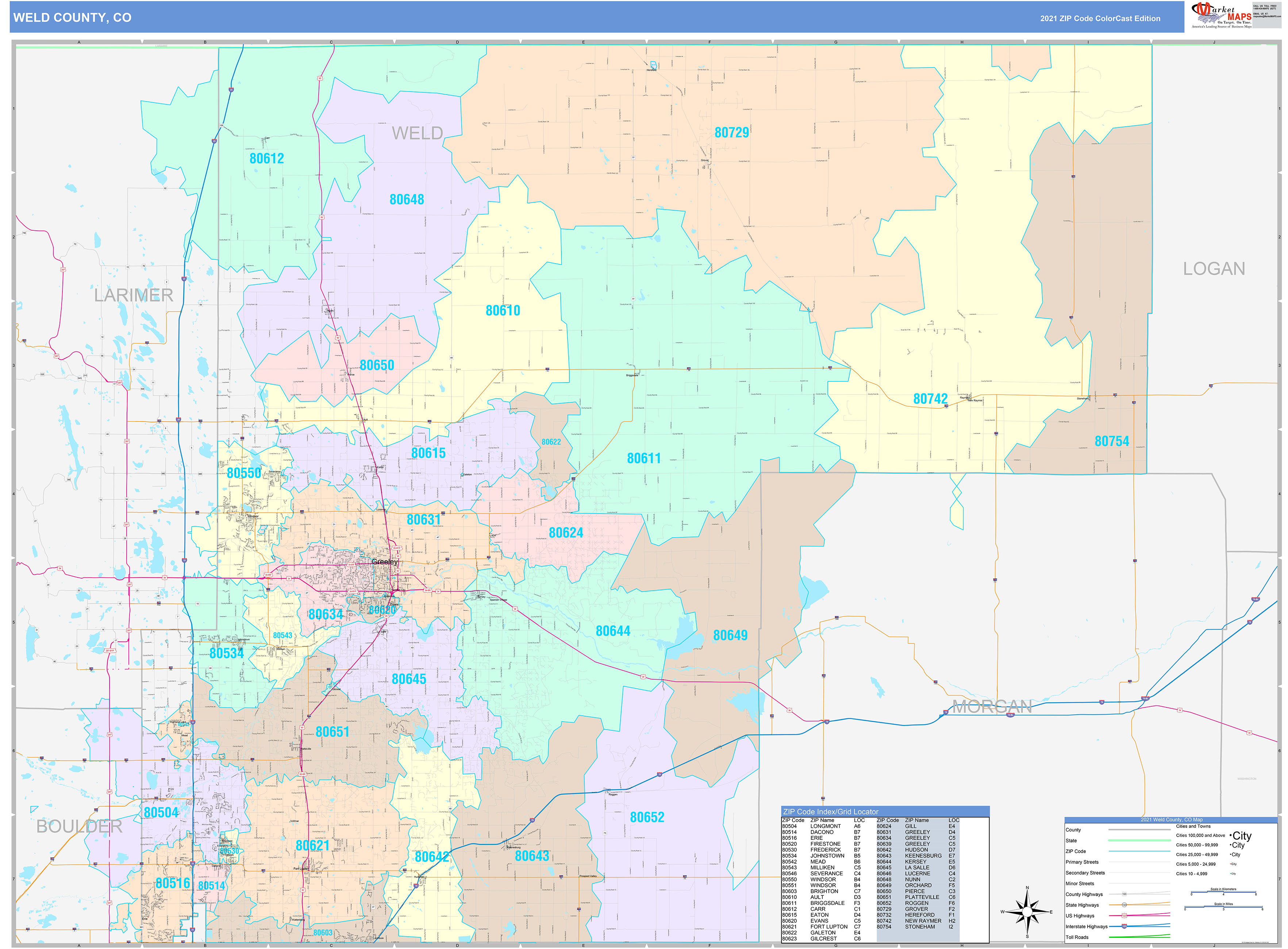As weld property search takes center stage, this opening passage beckons readers into a world crafted with knowledge, ensuring a reading experience that is both absorbing and distinctly original. Delving into the realm of weld property search, we embark on a journey to unravel the intricacies of this essential tool for engineers and professionals.
For those looking to secure a weld property, it’s essential to stay informed about the latest mortgage rates. Best mortgage rates UK 40 LTV provides valuable insights into the current mortgage landscape, empowering you to make informed decisions. As you navigate the weld property search process, staying up-to-date with mortgage rates can significantly impact your financial planning and secure the best deal for your new home.
Weld property search empowers engineers with the ability to access a wealth of information about the characteristics and properties of welds. This data is crucial for ensuring the safety, integrity, and performance of welded structures across a wide range of industries.
Search Criteria: Weld Property Search
Weld property search engines provide a range of filters to refine search results based on specific weld properties. These filters typically include:
- Material type:Allows users to specify the base material(s) involved in the weld.
- Weld type:Enables users to filter results based on the type of weld, such as arc welding, resistance welding, or solid-state welding.
- Thickness:Allows users to specify the thickness of the welded material.
- Diameter:For circular welds, users can filter results based on the diameter of the weld.
By combining these filters, users can narrow down their search to find weld properties that meet their specific requirements.
Weld Property Data
Weld property search engines provide access to a wide range of weld property data, including:
- Tensile strength:The maximum stress that a weld can withstand before failing.
- Yield strength:The stress at which a weld begins to deform plastically.
- Elongation:The amount of strain that a weld can undergo before failing.
- Hardness:The resistance of a weld to deformation.
- Impact toughness:The ability of a weld to withstand sudden impacts.
Accurate and reliable weld property data is essential for engineering applications, as it allows engineers to design and construct welded structures that are safe and reliable.
Applications of Weld Property Search

Weld property search is used in a variety of industries, including:
- Construction:To ensure the safety and integrity of welded structures, such as bridges, buildings, and pipelines.
- Manufacturing:To optimize the performance and durability of welded components, such as automotive parts and machinery.
- Automotive:To ensure the safety and reliability of welded components in vehicles, such as frames, suspension systems, and exhaust systems.
By providing access to accurate weld property data, weld property search helps engineers ensure the safety and integrity of welded structures in a wide range of applications.
Challenges and Limitations
Weld property search can be challenging due to:
- Data availability:Weld property data may not be available for all materials and weld types.
- Data variability:Weld properties can vary depending on the welding process, materials used, and other factors.
Potential solutions to these challenges include:
- Developing more comprehensive weld property databases.
- Conducting more research to better understand the factors that affect weld properties.
- Using statistical methods to estimate weld properties when data is not available.
By addressing these challenges, weld property search can become more accurate and reliable.
Best Practices for Weld Property Search
To conduct effective weld property searches, it is important to:
- Select the right search criteria:Use the filters described in the “Search Criteria” section to narrow down your search.
- Evaluate the reliability of search results:Consider the source of the data and the methods used to collect it.
- Manage and store weld property data for future reference:Use a database or spreadsheet to organize and store your search results.
By following these best practices, you can ensure that you are using accurate and reliable weld property data in your engineering applications.
Conclusive Thoughts
In conclusion, weld property search has emerged as an indispensable tool for engineers and professionals seeking to optimize the design, fabrication, and maintenance of welded structures. By leveraging the insights gained from weld property search, engineers can make informed decisions that enhance the safety, reliability, and longevity of their projects.
Query Resolution
What are the key search criteria available for weld property search?
Weld property search offers a range of search filters, including material type, weld type, thickness, and diameter, allowing users to refine their search results and find the specific weld properties they need.
What types of weld property data can be accessed through a weld property search?
Weld property search provides access to a comprehensive range of weld property data, such as tensile strength, yield strength, elongation, and impact toughness, which are essential for assessing the mechanical performance of welds.
How is weld property search used in different industries?
Weld property search is widely used in industries such as construction, manufacturing, and automotive to ensure the safety and integrity of welded structures. Engineers rely on weld property search to select the appropriate weld materials and processes for specific applications.